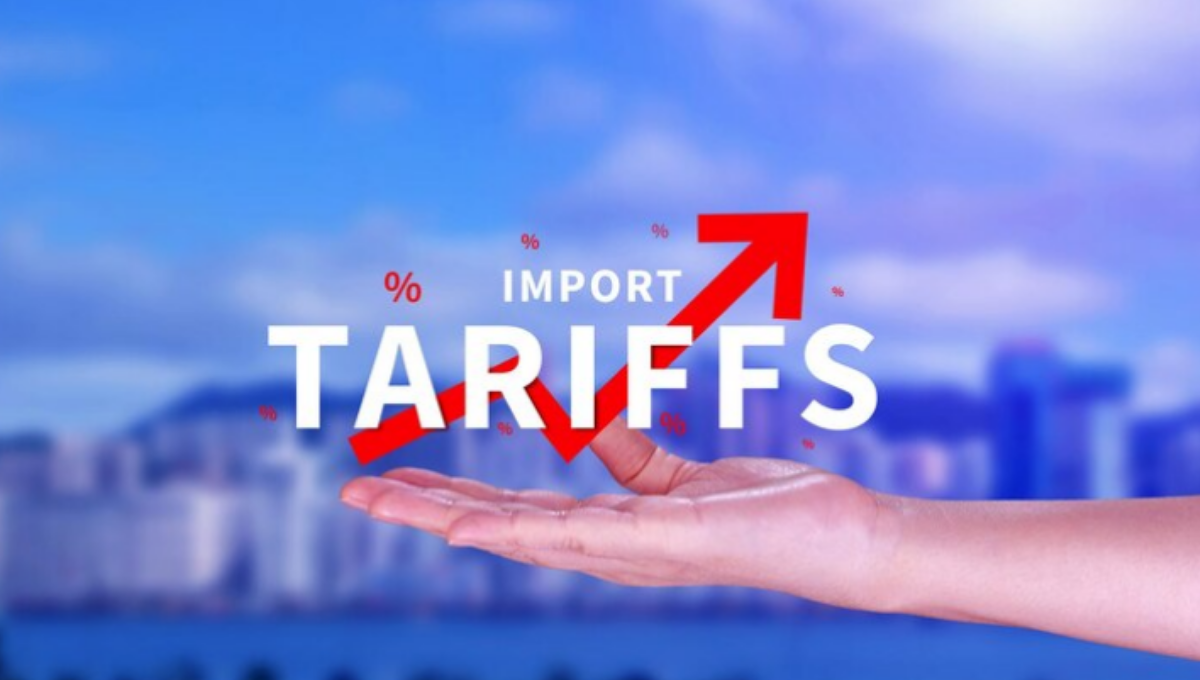Tariff impact is now one of the most important topics for entrepreneurs and policymakers. Small businesses in the USA and across the globe are feeling the pressure of rising trade barriers. From supply chains to consumer prices, every part of business operations is affected. This article explains how tariffs influence small businesses, what challenges they create, and how companies can adapt.
Understanding Tariffs and Their Role
Tariffs are taxes on imported goods. Governments use them to protect domestic industries or generate revenue. However, the tariff impact is often deeper than policymakers expect.
-
They increase the cost of imported products.
-
They create uncertainty in global trade.
-
They change how businesses plan investments.
Small businesses feel these effects quickly because they have fewer resources than large corporations.
Tariff Impact on Small Business in the USA
Rising Costs for Importers
Small American companies that import goods face higher costs. A local retailer buying products from Asia must pay more once tariffs apply. That cost either reduces profits or gets passed on to customers. The tariff impact therefore hits both businesses and consumers directly.
Supply Chain Disruptions
Many small manufacturers rely on imported parts. When tariffs rise, suppliers change prices or delay shipments. Small businesses cannot easily switch to new partners. Creates slowdowns and higher risks in production.
Reduced Competitiveness
When costs increase, small firms lose their price advantage. Larger corporations can absorb tariff costs or shift production. Small businesses do not have this flexibility. As a result, the tariff impact reduces competitiveness both in the USA and abroad.
Global Tariff Impact on Small Businesses
International Supply Chains
The world economy is interconnected. A tariff in one country triggers reactions in others. For example, when the USA adds tariffs, other nations respond with their own. This cycle expands the worldwide.
Export Challenges
Small businesses outside the USA also face issues. A small textile producer in Asia may lose American buyers because tariffs make products too expensive. Similarly, American exporters lose access to foreign markets. The tariff impact creates uncertainty that weakens trust in long-term trade deals.
Shifts in Global Demand
Tariffs change consumer behavior. Customers look for cheaper alternatives, often shifting demand to non-tariffed regions. Small businesses must adapt quickly or risk losing their market share. The global tariff impact forces companies to be more flexible than ever before.
Economic Ripple Effects
Inflationary Pressure
Tariffs increase prices. Higher costs spread from importers to distributors and finally to consumers. This chain reaction raises inflation. Small businesses then struggle as customers reduce spending. The tariff impact becomes visible in both sales and profit margins.
Job Market Concerns
Many small businesses hire local workers. When profits fall, owners cut jobs or reduce hours. The tariff impact therefore extends beyond business operations and into communities. Families feel the stress of reduced employment opportunities.
Investment Slowdowns
Uncertainty makes investors cautious. Small firms delay expansion or cancel new projects. This lowers overall economic growth. The tariff impact on investment is especially visible in industries like technology, retail, and manufacturing.
Case Studies
USA Small Retailer Example
A family-owned electronics shop imports parts from China. After tariffs, each shipment costs 20% more. The shop raises prices, but sales drop. Customers switch to bigger retailers with better deals. This real-world tariff impact shows how fragile small businesses can be.
Global Exporter Example
A small coffee exporter in South America sells beans to the USA. With tariffs on agricultural products, shipping costs rise. Buyers reduce orders. The exporter cuts staff and production.
Adapting to Tariff Challenges
Diversifying Suppliers
Small businesses can reduce risk by working with multiple suppliers. This lowers dependence on one region. It softens the tariff impact when trade rules change suddenly.
Exploring Local Markets
Instead of focusing on imports, small firms can sell more locally. Promoting domestic products helps maintain customer trust. This strategy also avoids tariff costs.
Digital Transformation
E-commerce allows small firms to reach new audiences. With creative online strategies, businesses can bypass traditional distribution barriers. Technology provides tools to manage the tariff impact more effectively.
Building Financial Resilience
Small firms must strengthen cash flow. Saving reserves and using smart credit options can reduce stress. Financial resilience helps survive during uncertain times.
Policy and Support Measures
Government Relief Programs
Governments often provide loans, tax credits, or subsidies. These policies help small businesses absorb tariff costs. When applied fairly, they reduce the tariff impact on vulnerable sectors.
Trade Agreements
New agreements can lower barriers and encourage fair trade. International cooperation eases the tariff impact on exporters and importers alike.
Small Business Advocacy
Local chambers of commerce and industry groups give small firms a voice. By joining such networks, owners can influence policy decisions. Advocacy reduces the long-term tariff impact through dialogue and negotiation.
Opportunities for Innovation
Local Production Growth
Tariffs sometimes encourage local manufacturing. Small firms that adapt quickly can gain new markets. This positive tariff impact opens doors for domestic innovation.
Niche Markets
Consumers seek alternatives when imports become costly. Small businesses can develop niche products with unique value. Creativity helps turn the tariff impact into an opportunity.
Partnerships and Collaboration
Collaborating with other small firms builds strength. Shared logistics, marketing, and production reduce costs. Working together eases the tariff impact and builds resilience.
Future Outlook
The world economy will continue facing trade tensions. Small businesses must stay flexible. Policies will change, and tariffs may rise or fall. That will remain a central issue in global commerce.
By planning ahead, building networks, and using technology, small businesses can survive and even thrive. The key is to turn challenges into opportunities.
Conclusion
The tariff impact on small business in the USA and worldwide is undeniable. Higher costs, weaker supply chains, and reduced competitiveness are common problems. Yet opportunities exist for those who adapt. By diversifying suppliers, embracing digital tools, and joining advocacy networks, small firms can overcome these challenges.
In the end, tariffs will always shape business. What matters is how small entrepreneurs respond. With smart strategies, they can reduce risks and find new ways to grow.










